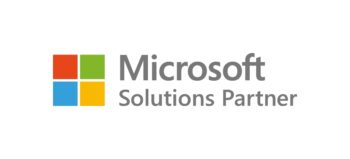According to researchers Kapersky, a company gets hit with Ransomware every 40 seconds. (up from every 20 seconds in Q1 2016)
Anti-virus software offers the most basic protection for businesses. However, what many businesses don’t realise is that 99% of anti-virus software does not provide any form Ransomware (also called Malware) protection. With new Ransomware strains emerging every day, such as the new strain that emerged on Friday, there is no better time to analyse and refine your business IT Security setup.
Prevention is the best cure when it comes to Ransomware…
The Wanna Decryptor 2.0 / Wanna Cry Ransomware attack
In May 2017, the world witnessed one of the largest scale global Ransomware attacks that was reported to affect 150 countries. In the UK, the largest victim was the NHS where the Ransomware has caused serious disruption as well as several mainstream car manufacturers and many others globally.
What is Ransomware?
Ransomware is a powerful form of malware that blocks access to a computer and potentially entire networks (via worms) and demands a ransom, hence the name Ransomware, to reinstate the files. The ransom is paid to the cyber criminals behind it.
What type of Ransomware caused the disruption?
Similar in many ways to Petya, Locky and RAA, last Fridays’ new strain of Ransomware is also being called Wanna Decryptor 2.0, WCry 2, WannaCry 2 and Wanna Decryptor 2. It’s delivered, typically by email containing a document file which is known as Phishing. However, as with all types of Ransomware there is no guarantee that your files will be returned.
Is there more Ransomware emerging?
The National Cyber Security Center has predicted that there may be further attacks this coming week. So there is no time like the present to ensure your business is protected.
How to protect your business from Wanna Decryptor 2.0 Ransomware
1: Upgrade: all unsupported software such as Windows XP to the latest release eg. Windows 10 asap.
2: Patch – to ensure all PC’s and servers are fully patched.
3: Update: to ensure all software is enabled to make the latest updates from the manufacturer on a regular basis eg. weekly.
4: Install: industry standard Malware protection such as Sophos Intercept X across the network. Read the latest blog from Sophos to view all the ransomware types it protects against.
5: Backup: regularly both onsite and offsite, ideally on an hourly basis with retention allowing you to quickly restore files or entire systems quickly and securely.
6: Inform: educate all employees about Ransomware and Phishing scams.
If you would like to discuss your current IT Security setup or would like to find out more about Sophos Intercept X malware protection, Microsoft Azure or our leading Backup and Disaster Recovery services please get in touch.
If you are interested in learning more about Ransomware, you might find our other blog about all the different types of Ransomware useful.

